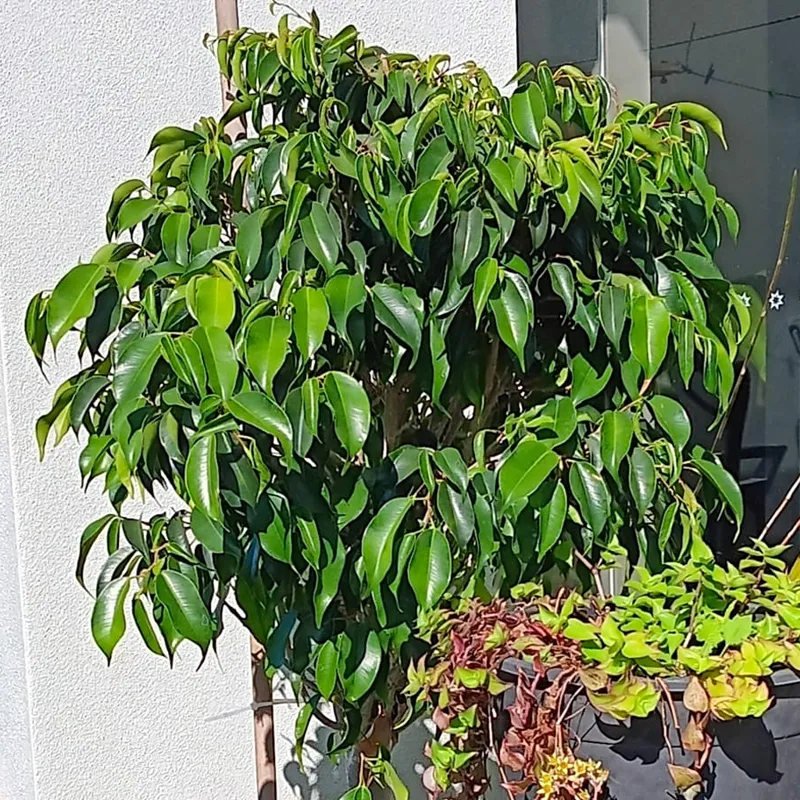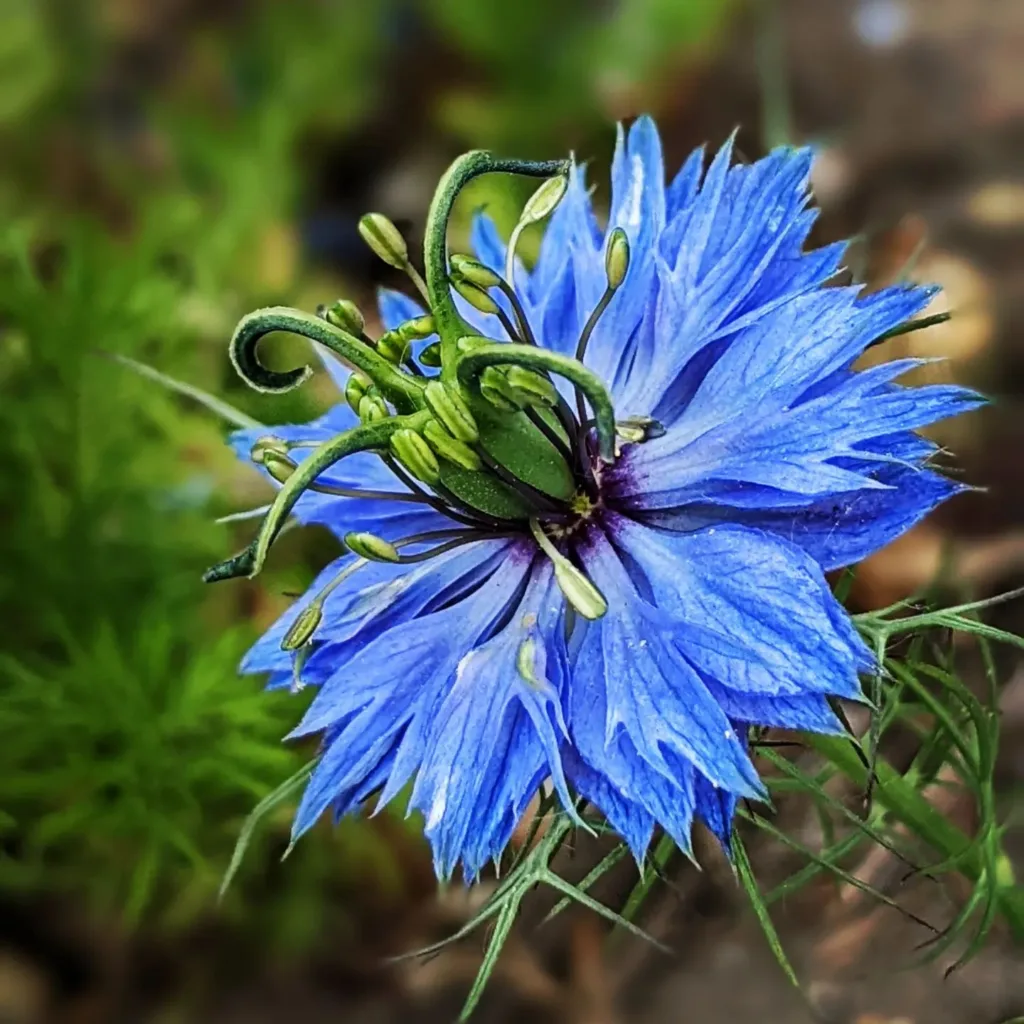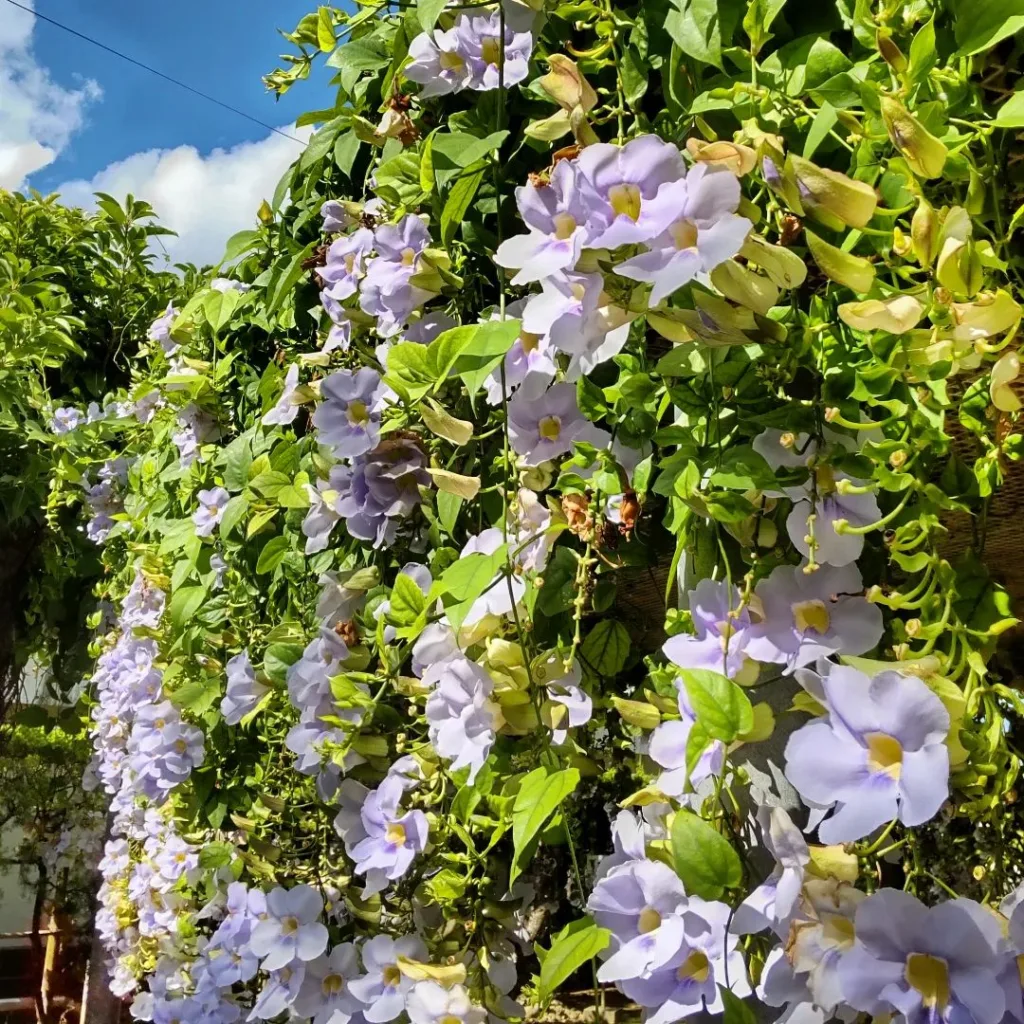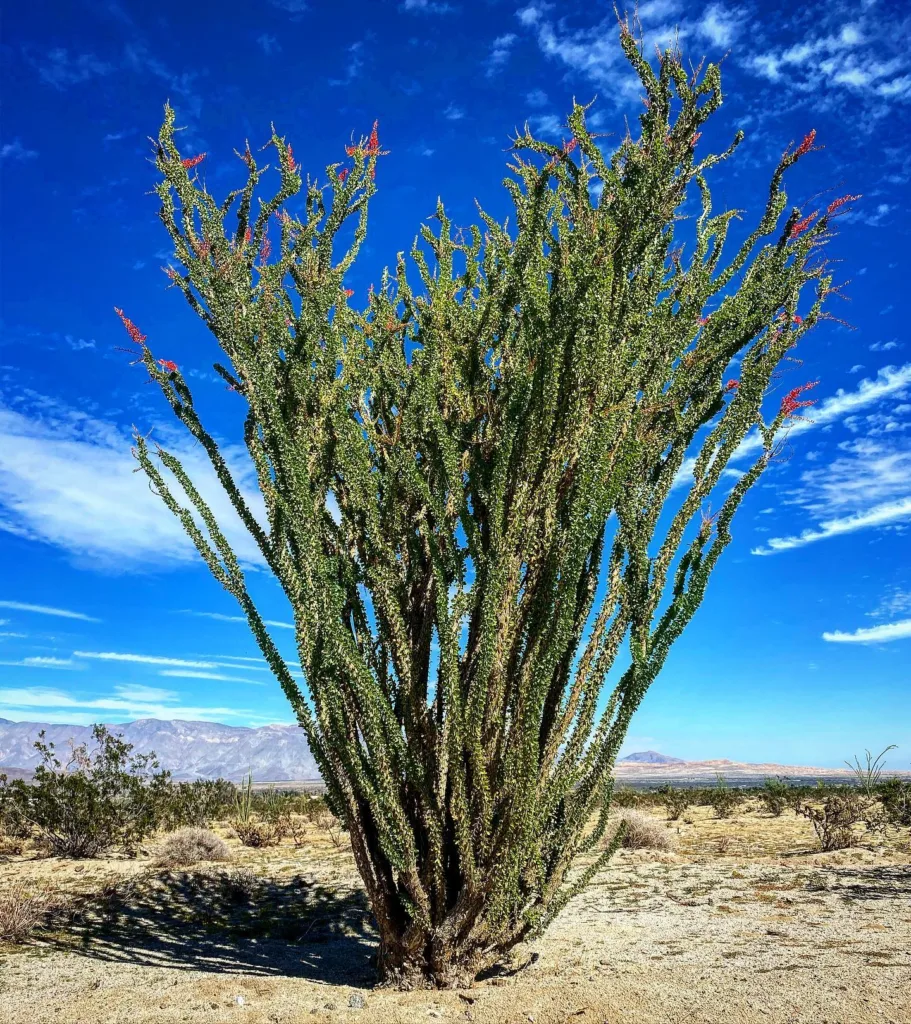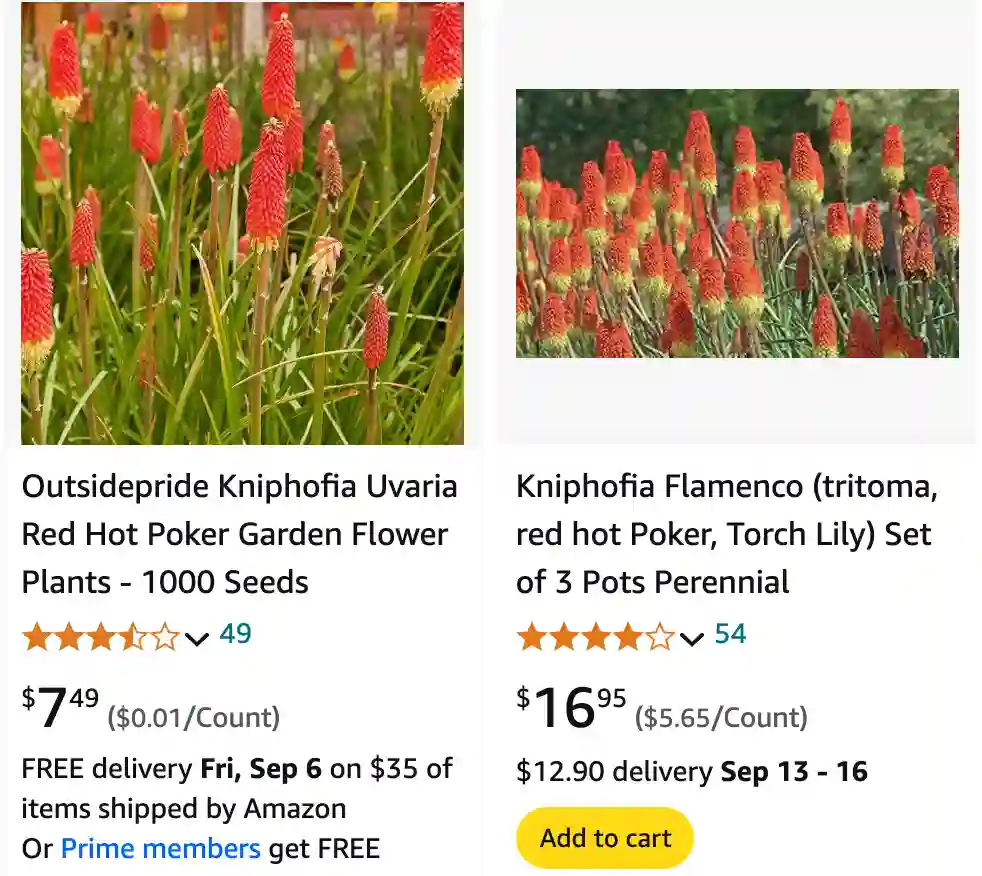
What is Kniphofia Uvaria?
Kniphofia Uvaria, commonly known as Red Hot Poker or Torch Lily, is a striking perennial that adds a splash of vibrant color to any garden. Its tall spikes of tubular flowers, ranging from fiery reds to oranges and yellows, make it a standout plant. Native to South Africa, Kniphofia Uvaria thrives in a variety of climates, bringing a touch of the exotic to temperate gardens.
73 Species in Genus Kniphofia – Red Hot Poker
How to Grow Kniphofia Uvaria?
Growing Kniphofia Uvaria is relatively straightforward. Here are some tips based on my experience:
- Sunlight and Soil: This plant prefers full sun to partial shade. It thrives in well-drained soil, so ensure that the planting site has good drainage to prevent root rot. While it can tolerate a range of soil types, it flourishes in rich, loamy soil.
- Watering: Kniphofia Uvaria is relatively drought-tolerant once established. However, regular watering is essential during its first growing season to develop a robust root system. Water deeply but infrequently to encourage deep rooting.
- Planting: Space the plants about 12-18 inches apart to allow for their spreading nature. Plant them in spring or early fall, ensuring that the crown of the plant is level with the soil surface.
Is Kniphofia Uvaria a Monocot?
Kniphofia Uvaria is not a monocot; it belongs to the dicot group. This means it has two cotyledons (seed leaves) in its embryo, and its flowers typically have parts in multiples of four or five. Monocots, in contrast, have one cotyledon and flower parts in multiples of three.
How to Care for Kniphofia Uvaria?
- Fertilizing: Apply a balanced fertilizer in early spring to promote vigorous growth and flowering. Avoid high-nitrogen fertilizers as they may encourage foliage growth at the expense of flowers.
- Pruning: Deadhead spent flowers to encourage more blooms and prevent the plant from self-seeding. In late fall or early spring, cut back any dead foliage to tidy up the plant and prepare it for new growth.
- Winter Care: In colder climates, mulch around the base of the plant to protect the roots from freezing temperatures.
Should Kniphofia Uvaria Be Cut Back in Spring or Fall?
In my experience, it’s best to cut back Kniphofia Uvaria in late fall or early spring. Cutting back in late fall helps to clean up the garden and remove any old foliage that might harbor pests. However, cutting back in early spring, before new growth begins, can also be beneficial. This timing allows the plant to emerge fresh and vigorous for the growing season.
What Eats Kniphofia Uvaria?
Kniphofia Uvaria is relatively pest-resistant, but it can occasionally attract aphids and spider mites. These pests are usually not severe but can be managed with insecticidal soap or a strong spray of water. Additionally, snails and slugs might nibble on the foliage, especially in moist conditions. Regular monitoring and prompt action can keep these pests under control.
How to Propagate Kniphofia Uvaria?
Propagation of Kniphofia Uvaria is typically done through division. Here’s a step-by-step guide based on my experience:
- Timing: Divide the plant in early spring or late summer when it is not actively flowering.
- Method: Carefully dig up the plant and separate the clumps with a sharp spade or knife. Ensure each division has healthy roots and shoots.
- Replanting: Replant the divisions immediately, spacing them 12-18 inches apart. Water well and keep the soil moist until they are established.
What to Plant with Kniphofia Uvaria?
Kniphofia Uvaria pairs beautifully with other perennials such as Echinacea, Rudbeckia, and Salvia. Their contrasting colors and forms can enhance the visual interest of your garden. Ornamental grasses like Miscanthus or Panicum also complement the tall, spiky flowers of Kniphofia.
Can You Grow Kniphofia Uvaria Indoors?
Growing Kniphofia Uvaria indoors can be challenging due to its size and light requirements. It is better suited to outdoor gardens where it has space to grow and access to full sunlight. If you want to try growing it indoors, ensure it receives ample light and space, and be prepared for a plant that might not thrive as well as it does outside.
Is Kniphofia Uvaria Toxic?
Kniphofia Uvaria is not known to be toxic to humans or pets. However, as with any plant, it is wise to keep it away from small children and animals who might ingest plant parts.
Benefits of Kniphofia Uvaria
Aside from its stunning appearance, Kniphofia Uvaria attracts pollinators such as bees and hummingbirds, adding life to your garden. Its hardy nature and low maintenance requirements make it a practical choice for gardeners looking to add a splash of color with minimal effort.
Common Problems
Some common issues with Kniphofia Uvaria include:
- Root Rot: Caused by poorly drained soil. Ensure good drainage and avoid overwatering.
- Flowering Issues: Can result from lack of sunlight or improper fertilization. Ensure the plant gets enough light and nutrients.
Comparing Kniphofia Uvaria
If you are considering similar plants, compare Kniphofia Uvaria with Kniphofia ‘Royal Standard’ or Kniphofia ‘Flamenco.’ These varieties offer different flower colors and forms, allowing you to choose the best fit for your garden.
Kniphofia Uvaria is a fantastic addition to any garden, with its vibrant blooms and minimal care requirements. By following these guidelines, you can enjoy a stunning display of color year after year.
If i die, water my plants!
